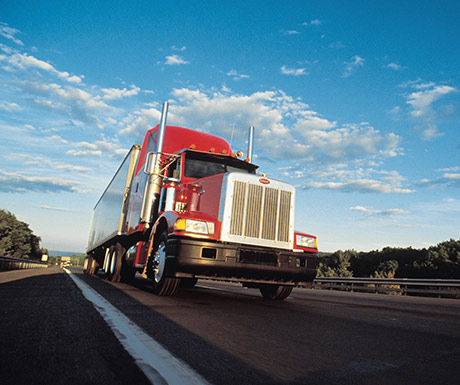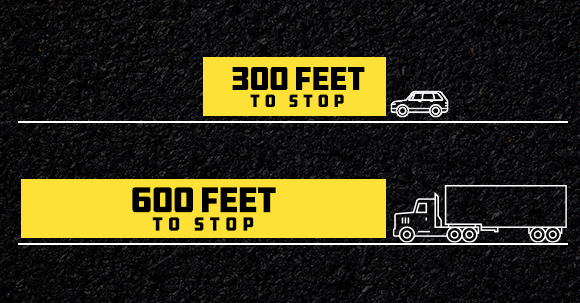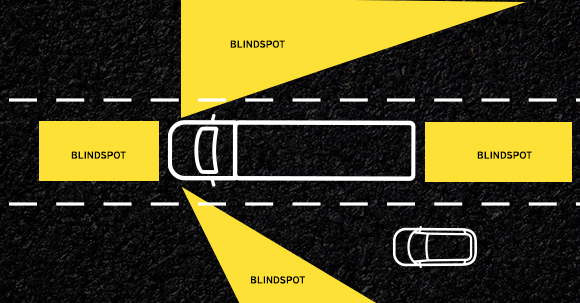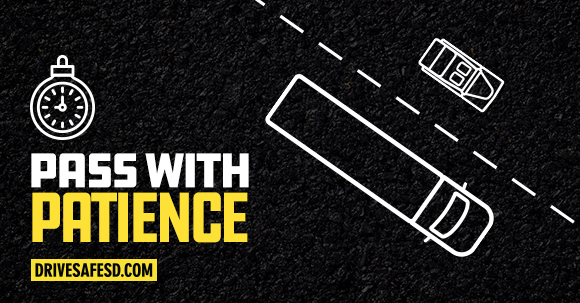Take a second to look at everything around you. Nearly 70% of what you just saw was transported via the U.S. Trucking Industry. Commercial motor vehicles (CMVs) fuel our economy, transport people and move the products we need to live. CMVs you might see on the road include semi-trucks, box trucks, busses and travel trailers. But what many people don’t know is the skill it takes to drive one of these puppies.
So, why should you care about CMVs? Because sharing the road safely with them could help you avoid a serious crash. CMVs are tricky to maneuver and require lots of space on the road, and we often forget that. The same rules you use with passenger cars cannot be applied to large vehicles carrying upwards of 80,000 lbs.



